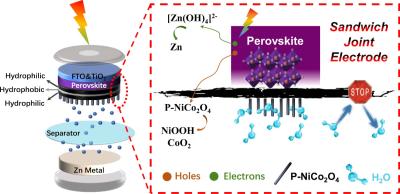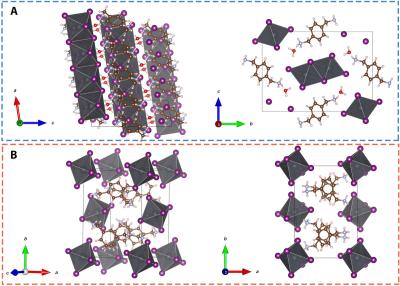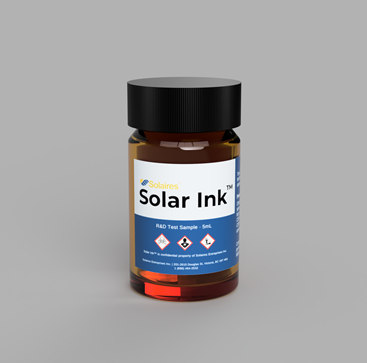Researchers study 2D perovskite in device settings
Los Alamos National Laboratory researchers and their collaborators have examined the performance properties of two-dimensional perovskites in conditions representative of a device structure, finding those structures can be as efficient as their three-dimensional counterparts.
'We discovered that intrinsic to this material, there are some shallow defects or 'trap states' that can help the charge transport over a long distance,' said Wanyi Nie, researcher with the Center for Integrated Nanotechnologies group at Los Alamos National Laboratory. 'The travel distance is slightly lower than three-dimensional perovskites, but is much greater than what people believed in a typical 2D quantum-confined system. So this is a critical finding that two-dimensional perovskites can be efficient as three-dimensional perovskites.'




